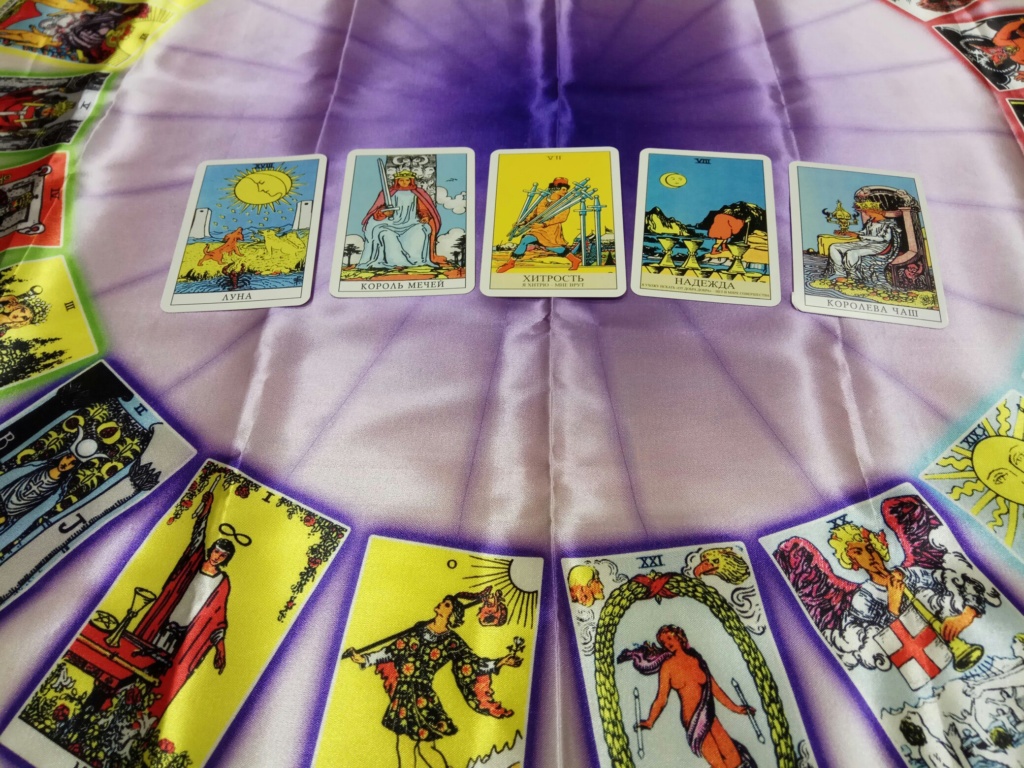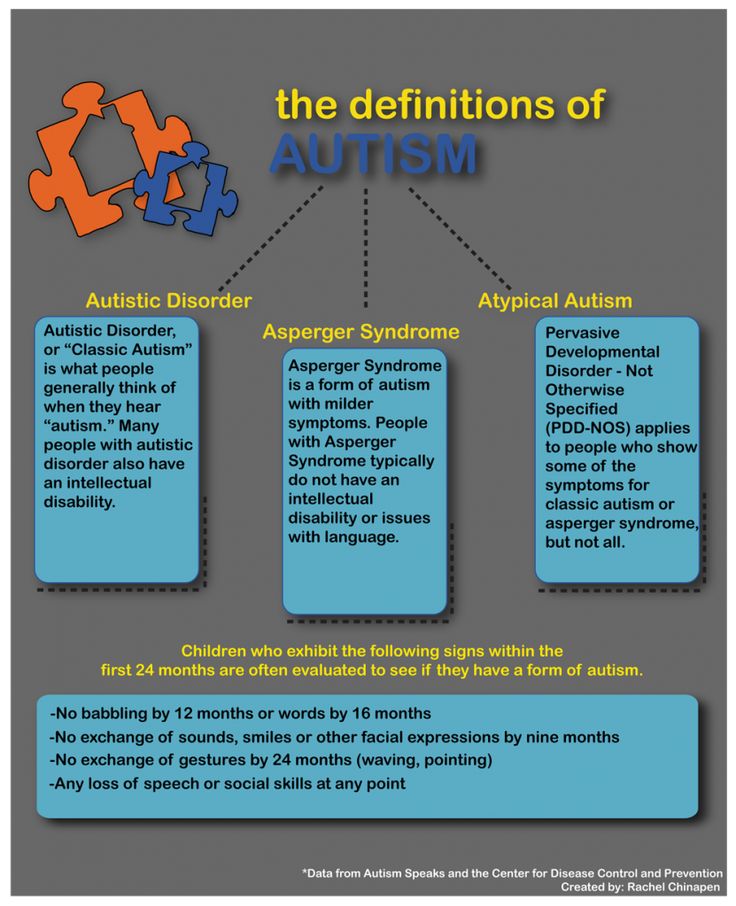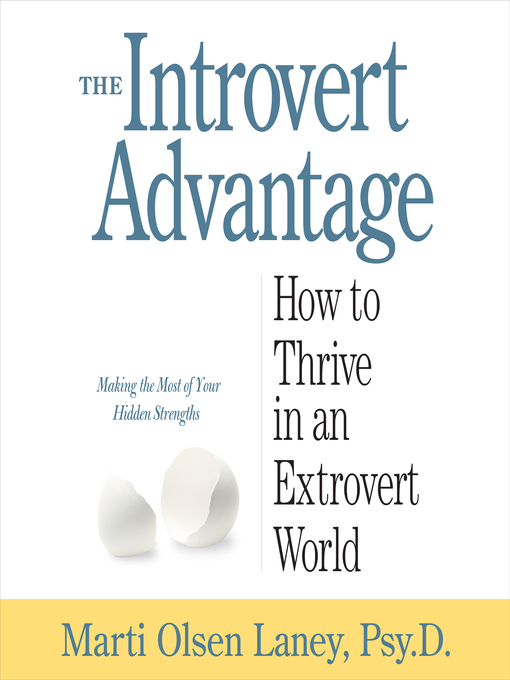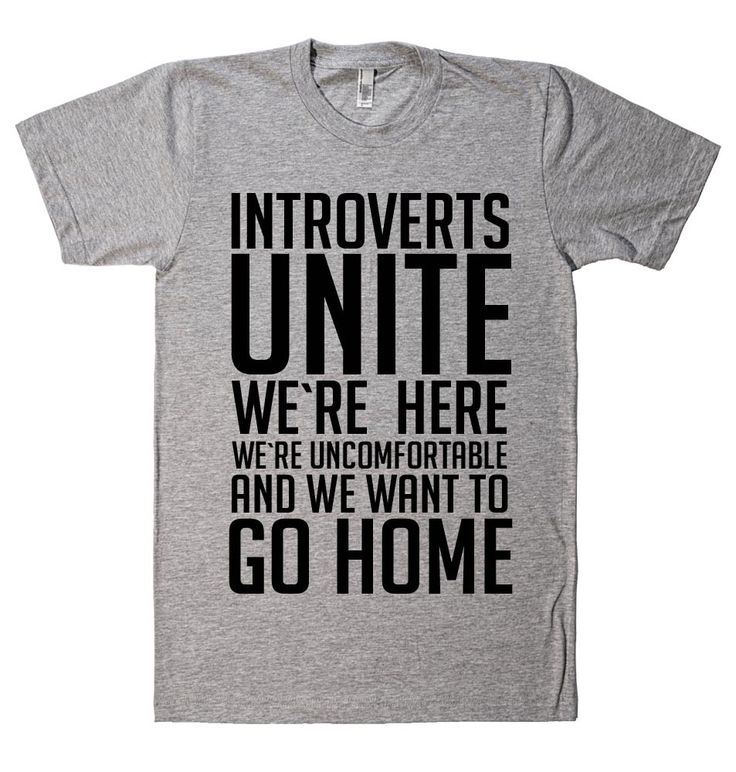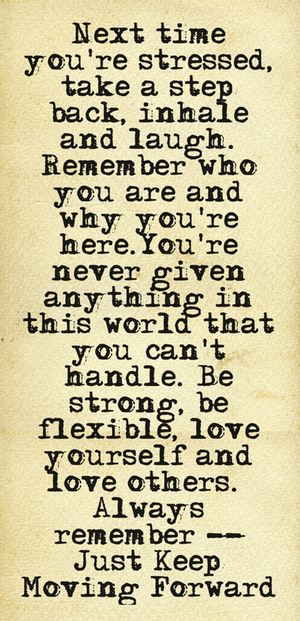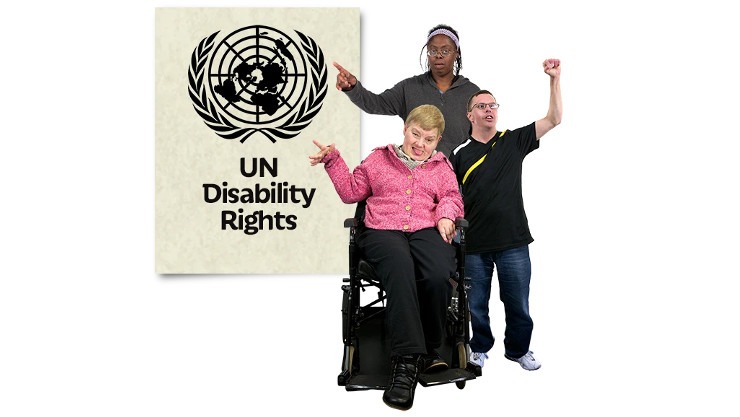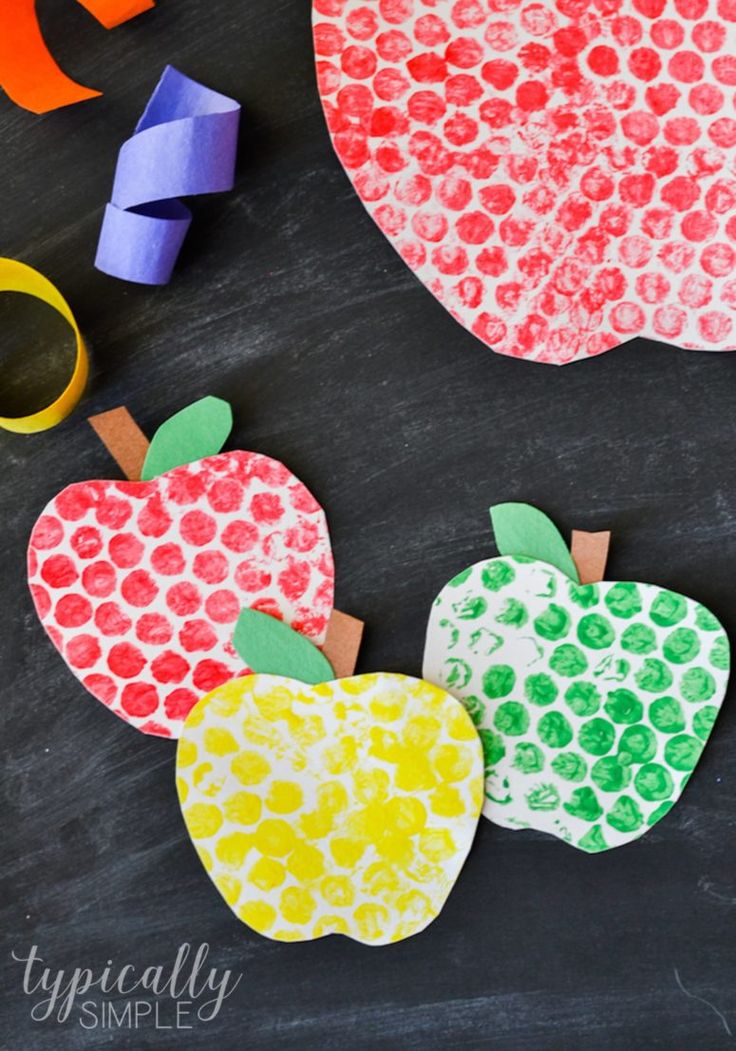Tarot as a psychological tool
Tarot Therapy to Treat Depression, Anxiety, and Mental Health Issues
I’m sitting at a wooden table, in a room with yellow walls, to talk about my divorce. I’m not actually married yet.
“What do you want to focus our session on today?”
Um, let’s see, where TF do I even begin?
My nails are uneven and bitten, my phone is permanently attached to my hand, and I haven’t slept more than four hours straight in months. On paper, it looks like I have my shit together. I have a good job at a magazine; I’m engaged; my Instagram is a probably annoyingly curated mix of happy hour prosecco, recycled Tulum yoga shots from my last vacation, and marathon training (#SeenOnMyRun). But on the inside: I’m feeling overworked, anxious, completely distracted, and scared that my marriage that hasn’t even started yet is going to end in divorce like my parents’ did.
Oh, and just two weeks ago, I found out my ex—you know, the ex, the one you have the Worst Breakup Ever with and never fully recover—now works right off the same subway stop as me, and the constant unpredictable and painful run-ins with him are making me nauseated.
I’m falling apart.
In a burnt-earth-tone cotton top, her thick brunette hair pulled back out of her face, a few strands escaping, the woman I’ve come to see starts shuffling a worn deck of Rider-Waite tarot cards, spreading them out on the table. Smoke from a nearby smudge stick wafts through the room. I look down at symbolic images I recognize: Knight of Swords, Chariot, King and Queen of Pentacles.
Here we go.
Nearly everyone you know owns a tarot card deck. In 2019, there are more than 2,000 different types of tarot cards currently for sale on Amazon, ranging in themes from the Golden Girls to “literary witches” to yoga poses, many of them designed by talented artists, which makes them colorful, collectible (and highly Instagrammable) coffee-table accessories. Hell, even Neiman Marcus sells a cool, art-deco-y deck for $17. It’s no wonder #tarot on Insta is currently at 4.7 million posts—and growing.
It’s all self-care, of course.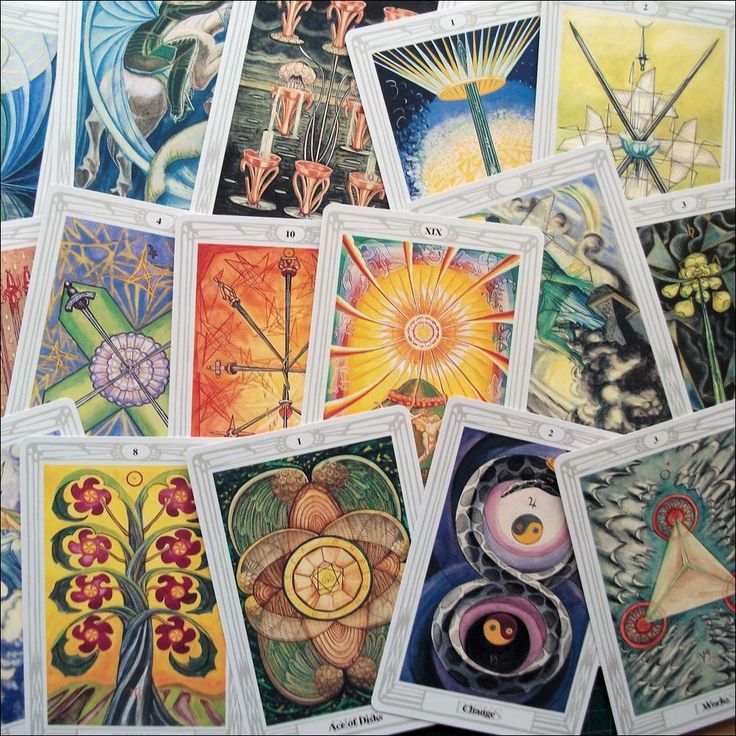 You know the deal: We’re busy, stressed out, and in a perpetual state of (Twitter-induced) panic. And tarot is right up there with ASMR, transcranial magnetic stimulation, and stocking up on amethyst crystals to treat depression and anxiety. It’s no surprise, then, that according to the Pew Research Center, our interest in mysticism and spirituality is on the rise. There’s more: The National Science Foundation found that more Americans considered astrology scientific in 2012 than they did in 1983 (the study did debut to mixed reviews).
You know the deal: We’re busy, stressed out, and in a perpetual state of (Twitter-induced) panic. And tarot is right up there with ASMR, transcranial magnetic stimulation, and stocking up on amethyst crystals to treat depression and anxiety. It’s no surprise, then, that according to the Pew Research Center, our interest in mysticism and spirituality is on the rise. There’s more: The National Science Foundation found that more Americans considered astrology scientific in 2012 than they did in 1983 (the study did debut to mixed reviews).
So perhaps the most surprising place you’ll shuffle a tarot deck—your therapist’s office—isn’t actually surprising at all. Tarot cards have always had deep roots in psychological applications. Psychoanalyst Carl Jung explained that the cards were an easy way to represent the “archetypes of mankind”—or universal traits like strength, ambition, and passion—in psychology, making them ideal tools for therapy and mental health.
“Tarot cards are universally applicable and can create a visualization of your situation,” says Inna Semetsky, PhD, from Columbia University.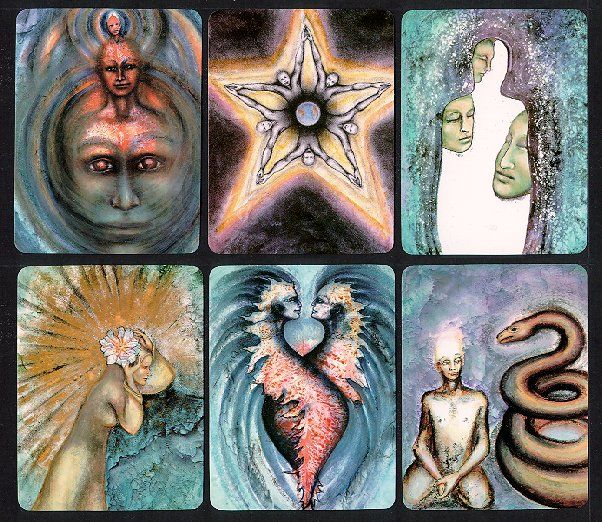 “Once you see things laid out, it becomes clear what you actually want. They help you externalize your problems.”
“Once you see things laid out, it becomes clear what you actually want. They help you externalize your problems.”
Translation: It’s all about the visuals. Tarot decks, with their easy-to-understand symbolism, are so strangely useful in healing and therapeutic sessions because they allow you to storyboard your life—you can look at the cards and see colorful, palatable images of behaviors you may identify with and that are now assigned to you, since they’ve been pulled for you. Seeing your hopes and fears laid out in pictures, they become more obvious and less therapy.
The thing is, the cards would “represent” entirely different things for different people going through different problems. They are universal. That’s the point. There’s nothing here that is just for me or you. That’s precisely why they’re so useful in psychology. They put a cartoon on a concept that, when it’s just floating around in your brain, can be impossible to pin down.
“Using tarot in an appropriate way can enhance therapy. It’s not for fortune-telling—it’s a tool that gives you something to meditate on,” Jayni Bloch, a psychologist in Ontario, Canada, says.
She explains that in one couple’s counseling session after a man had an affair, the couple had continued to fight in circles for a long time and agreed to try pulling cards together.
“I had both of them select three cards,” she said, “as the three-card approach works well to get conversation going. It’s short and sweet. So they each picked up their cards and I explained, ‘The first card is the problem, the second card is the action, and the third is the outcome,’ so they can reflect on what they see. The first card that showed up for the man was a card of a woman. He blushed. He admitted, ‘I think she’s still on my mind.’ So that was the reason they couldn’t communicate or fix things—he was still hanging on to this affair.”
But, Bloch said, he couldn’t bring himself to say it out loud—or try to deal with it—until he saw the image on the card.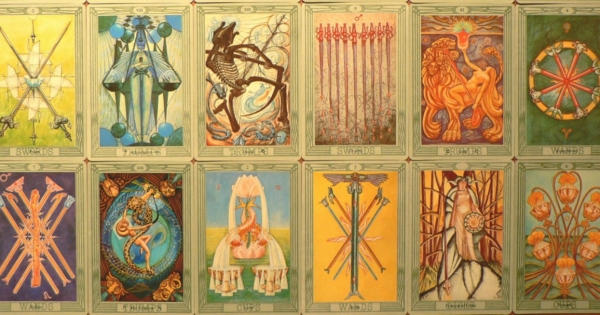
Finding the right therapist is like going on a series of first dates. It can be excruciating when you’re not a good match—but when it’s right, it’s like fireworks. I was plunked into therapy when I was 12 by my parents after they separated. I picked it up again later on, seeing different therapists in college and while I moved cities and changed jobs in my 20s. But at 31, I found myself therapist-less. It hadn’t worked out with the last several I’d tried—they felt antiseptic and academic and just didn’t seem to get me.
When I started feeling out of sorts earlier this year, I decided to try some unconventional paths. I sought out the services of Philadelphia-based Jessica Dore, an insightful and fiery 33-year-old licensed social worker (an Aries) who spins mental health wisdom to her 100K+ followers by pulling a tarot card every day and offering a psychological reflection on it. Dore has been an advocate for therapeutic tarot for a while now—during grad school, she trained as a psychotherapist helping people with depression, anxiety, and eating disorders.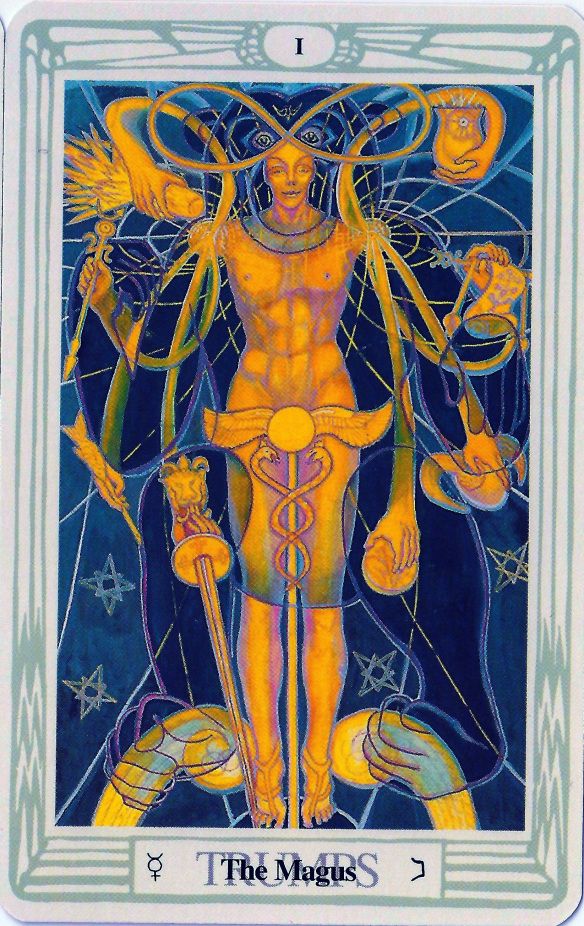 And although she’s not a licensed therapist yet, I was drawn to trying a session with her since her daily social media readings always cut me to the core. (Like this one.)
And although she’s not a licensed therapist yet, I was drawn to trying a session with her since her daily social media readings always cut me to the core. (Like this one.)
In my reading with Dore, she pulled a spread of 10 cards for me. Okay, yes, I knew that each card was just a universal symbol representing some sort of truth for everyone—but did I care? Absolutely not. The way we went through each one as it related to my circumstances at least felt personal and intimate, because we were only talking about me.
She pointed to my spread: Seven of Swords and a Knight of Swords in corners and a Queen and King of Pentacles in the others. The swords cards, she said, could indicate impulses and youthfulness and the painful draw of remembering the past—like how I felt when I was just out of college and dating my ex or the lifelong wounds inflicted by my parents’ split.
But, she pointed out, I’m far past those stages now—that was for 12 or 23. Not 31. She pointed to The Chariot—it was time to move out of being a child, of being reckless, of obsessing over old hurts, and to move forward to the future.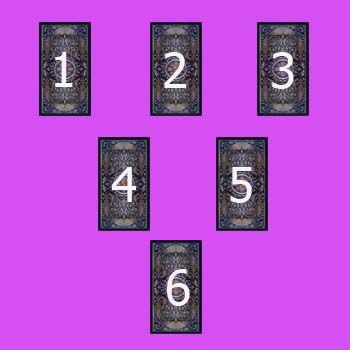 I was old enough now. She pointed to the two cards framing the spread: the King of Pentacles and the Queen of Pentacles.
I was old enough now. She pointed to the two cards framing the spread: the King of Pentacles and the Queen of Pentacles.
There was a serene king, with flowers on his crown, sitting on a throne, a castle in the background. He looked kind and fair. A queen sat in the forest on a similar ornate stone throne, peaceful mountains rising in the background and flowers framing the scene.
“They represent you and your fiancé,” she said. “You keep one another grounded and you are ruling your worlds independently. The cards aren’t right next to one another, but they’re deeply linked. You support one another.”
She gestured toward the swords again. “It’s normal to have fears and anxiety about change and about your ability to succeed in your new adult life. But it doesn’t mean you go backward or stop moving toward your goals. You just say to yourself, ‘I get it. I get why I feel that way. But that’s not my life now. That’s not the way I’m going.’”
It was so simple but so valid.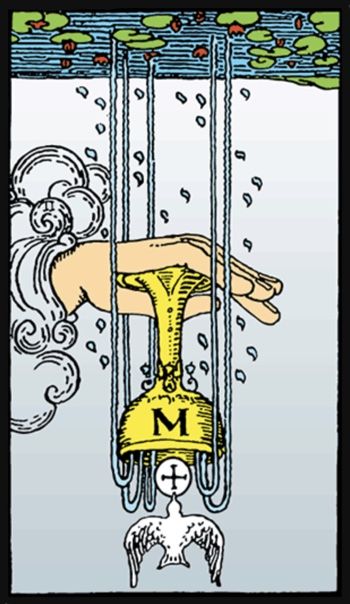 I could see my “big problems” that seemed so alarming to talk about, illustrated and demystified. How I felt about marriage was normal, I realized, and mostly just related to my fears about growing up. And then, everything came into focus: the pentacles, adulthood, marriage, risk, growth. Of course the King and Queen of Pentacles are what I want, even if it scares me.
I could see my “big problems” that seemed so alarming to talk about, illustrated and demystified. How I felt about marriage was normal, I realized, and mostly just related to my fears about growing up. And then, everything came into focus: the pentacles, adulthood, marriage, risk, growth. Of course the King and Queen of Pentacles are what I want, even if it scares me.
Not everyone is sold on shuffling cards from the therapist’s couch though. One friend I asked said he just couldn’t get into it—“It’s asking me to believe in something I don’t believe in: card magic!” He scoffed lightheartedly, “I’d prefer a good old-fashioned analysis of my anxieties.”
And that’s totally fair. It’s not inherently a better way to approach therapy than any other way—it’s just one tool.
That said, it’s become a thing, whether licensing boards and academic psychology programs (and skeptical friends) approve or not. “Alternative methods are starting to be more prevalent, particularly in San Francisco where I practice,” says Allison Zamani, JD, MA at the Center for Mindful Psychotherapy, an associate therapist and counselor.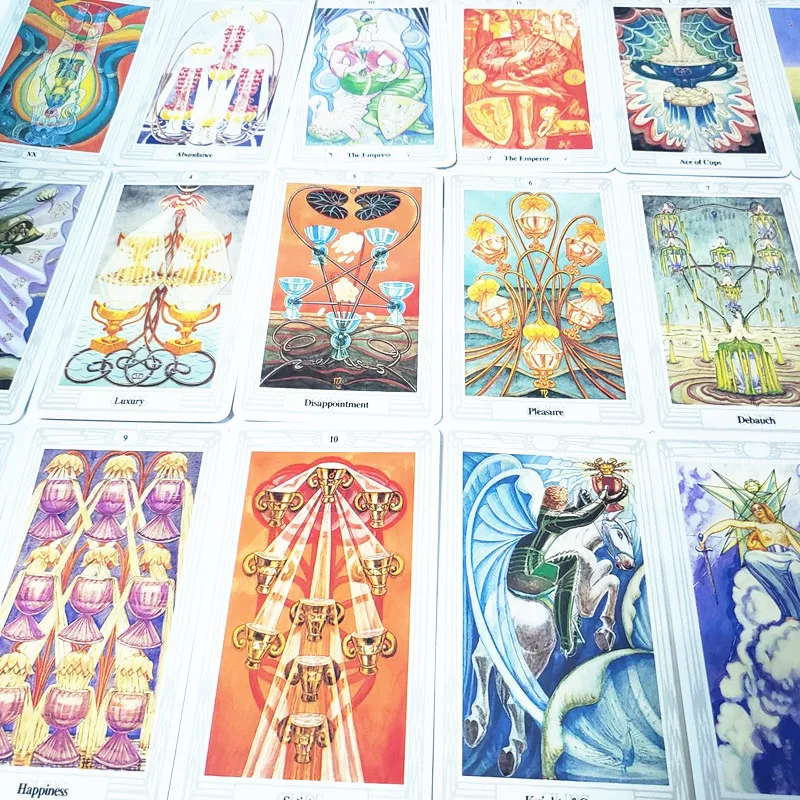 “Most people come to therapy because they want to understand themselves better, and they are open to different methods to get to that same place. Tarot doesn’t replace therapy in my work, but it can be a different lens to borrow from.”
“Most people come to therapy because they want to understand themselves better, and they are open to different methods to get to that same place. Tarot doesn’t replace therapy in my work, but it can be a different lens to borrow from.”
Still, finding therapists who incorporate tarot isn’t as easy as signing in to Zocdoc. Recommendations often come by word of mouth: I asked around among friends and found psychotherapists who don’t advertise it but use tarot occasionally in offices in New York, San Francisco, Canada, Australia, New Zealand, Philadelphia, and Portland.
And this isn’t something you can DIY—at least not to the same effect. Over the course of a few months, I had multiple sessions and I kept going back to tarot at home, upping my own study. Seeing my issues laid out, even at home, made the emotions that were too difficult to talk about, embarrassing even, seem totally normal and reasonable. But I still couldn’t unpack things alone like I would with a therapist.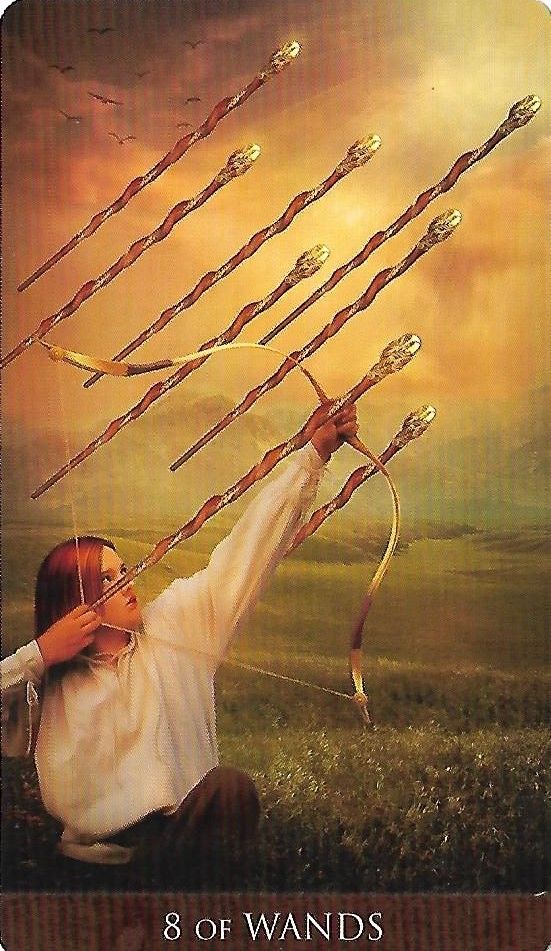 The point of therapy, after all, was still to talk issues out with a professional to see them in a new light—whether you’re using cards as a tool or not.
The point of therapy, after all, was still to talk issues out with a professional to see them in a new light—whether you’re using cards as a tool or not.
I did, however, learn a hell of a lot about myself in those sessions—and left feeling differently. At one point with Dore, she pulled a Six of Pentacles for me. I talked with her about boundaries in work and in friendship and family.
“You have a choice,” she told me. “You can always choose not to feel so resentful of people taking up your time. You just need to decide to give less of your time. You’ll feel guilty instead. But guilt will fade. Resentment only builds.”
I looked at the card: the tiny illustrated person giving everything they have, dropping all their coins without realizing their scale is falling toward empty. I saw myself and realized I’d been engaging in this behavior without even being aware that I was making a choice.
It felt visceral, obvious, manageable. I took a picture of the spread to keep looking back on, for when I forget what my life looks like.![]()
Gina Tomaine Gina Tomaine is a Philadelphia-based writer and editor.
Using Tarot in Psychotherapy
For decades, the psychology field has employed tests that utilize ambiguous visual images to reveal underlying, unconscious or difficult to communicate needs, beliefs and response patterns in patients.
The Rorschach Test, a set of ink blot images, for example, was originally developed to assess patients for schizophrenia but is more commonly used to explore individuals’ perceptions and psychological processes. The Thematic Apperception Test, more popularly known as the picture interpretation technique, includes a set of also ambiguous and evocative images depicting a range of human scenarios and asks that test takers tell stories about what’s being portrayed in the illustration.
Both tests are designed to explore personality dynamics in the patient and better understand their motivations, beliefs and inner conflicts.
Just like the Rorschach and Thematic Apperception tests, a set of classic tarot cards portrays ambiguous images of humans in a wide range of situations.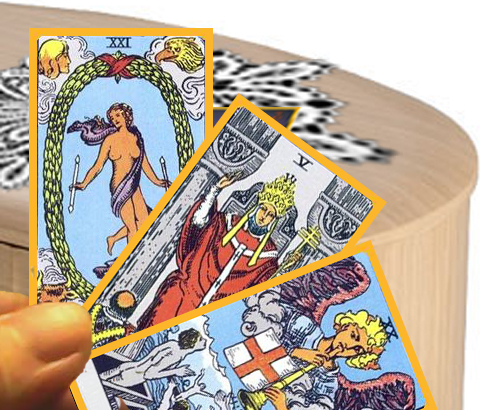 Though tarot cards do not function in quite the same ways as projective testing methods, when the cards are used correctly, they can help to better understand the patients, and to help them to better understand themselves.
Though tarot cards do not function in quite the same ways as projective testing methods, when the cards are used correctly, they can help to better understand the patients, and to help them to better understand themselves.
Below are just a few of the ways tarot cards can be a useful tool in psychotherapy sessions.
1.Tarot cards can provide fresh perspective to a stuck situation.
We all have blind spots. And sometimes, despite our best efforts, we simply do not and cannot see the full spectrum of possibilities available to us in any given situation and this goes for the work we do with clients as well.
Because tarot cards function solely through random selection and synchronicity, they have the potential to touch on our blind spots in a way that few other tools can. Even without interpretation on the part of the clinician, a single image (or a pair or cluster) can provide a client with a brand new way of seeing a situation.
2. Tarot cards harness the power of metaphor.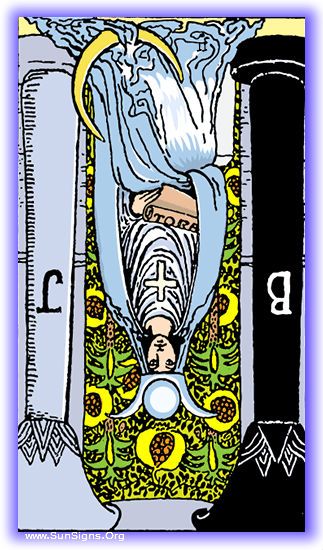
Metaphors are widely used as a clinical tool because of their ability to make the many facets of the human experience concrete and comprehensible. Tarot cards contain vast imagery and are chock full of metaphorical content that can help patients understand their experience and circumstances in new light.
In fact, research has shown that when used in therapy, metaphors were especially effective when clients were asked to participate in developing and describing them in relation with their circumstances. The illustrations on each tarot card are ideal prompts for clients to develop their own metaphors for their experience, with or without the guidance of the therapist.
3. Using tarot cards in sessions is empowering to the client.
In traditional tarot readings, a reader will shuffle the cards and draw cards for the client before interpreting and exploring the meanings of the cards. In a psychotherapy session, it tends to look a bit different.
Patients can be prompted to use the cards in a number of ways, from choosing cards at random to laying all the cards out face up and selecting images that are the most personally resonant and then describing what the images mean to them. Unlike traditional models that emphasize therapist facilitation, when clients use the cards themselves, they often experience feelings of empowerment and may even become more invested in the process.
Unlike traditional models that emphasize therapist facilitation, when clients use the cards themselves, they often experience feelings of empowerment and may even become more invested in the process.
4. Tarot cards are a unique way to tap experience that is otherwise difficult to verbalize.
Talking about inner experience does not come naturally to many. Whether it’s because people are so fused with their thoughts and feelings that they cannot describe them objectively or because the weight of shame or fear of judgment holds them back from expressing the truth about their experience, inability or unwillingness to talk about inner turmoil can thwart or undermine to the therapeutic process.
An evocative image on a tarot card offers a way for people to talk about an otherwise difficult to express inner experience in an objective way, if that feels safer or more comfortable for them.
5. Tarot cards are neutral–philosophically, therapeutically and spiritually and easily adaptable to work within any therapeutic framework.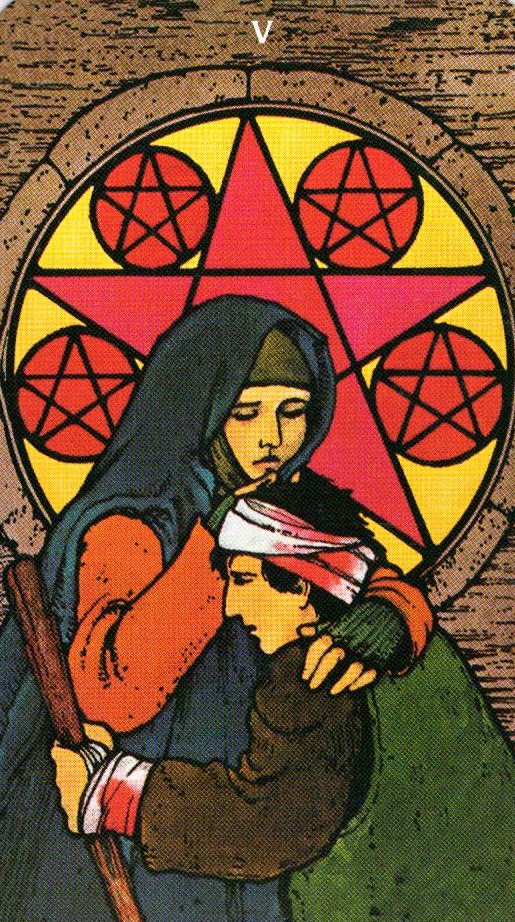
The symbols and themes depicted in tarot cards represent universal human experiences, which include thought processes, personality types, cognitive styles both maladaptive and healthy and more. Contrary to popular belief that tarot cards are representative of a particular spiritual or psychological school of thought, they are in fact, inherently neutral.
Because of this neutrality, the cards are wide open to one’s own unique interpretation and are available as tools for psychotherapy clients to extract meanings that are aligned with their own unique world views, spiritual or religious perspectives and beliefs.
Ultimately, tarot cards can provide an avenue for challenging psychological material to come forth in a way that feels safe for the clients, provided that they have “opted in” and agreed to the use of tarot cards in their psychotherapeutic work. But the cards should be used sparingly in sessions. Research in the field of tarot in psychotherapy is sparse and it is not a substitute for a solid treatment foundation of empirically-supported approaches.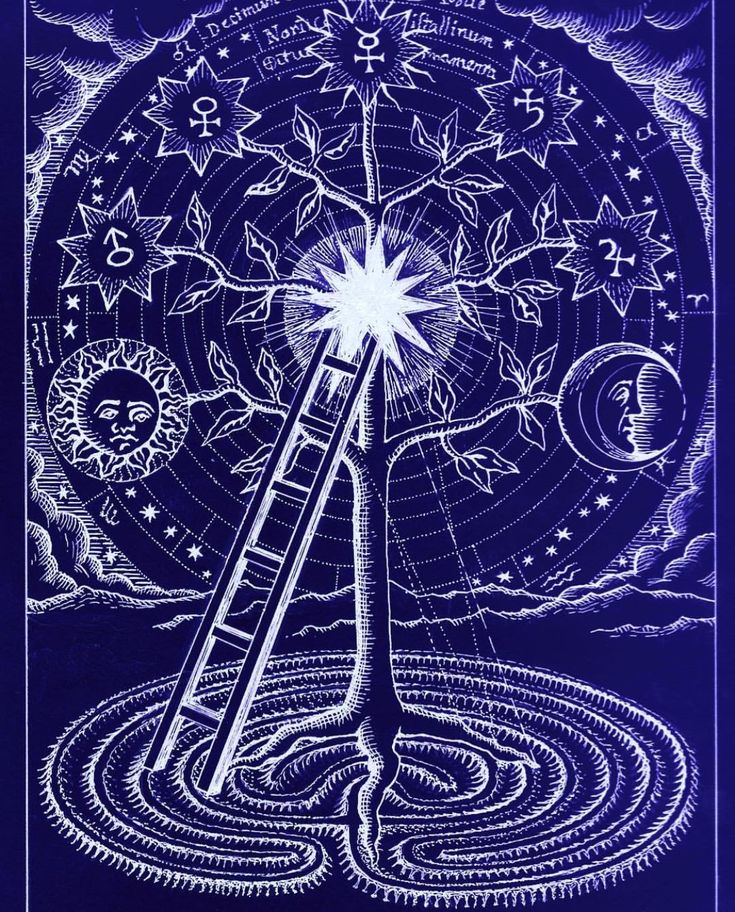
Tarot as a tool for psychological counseling. Article. Divination. Self-knowledge.ru
Recently I came across an article by Yulia Grebneva, who is a psychologist and uses Tarot cards in her work. After reading her article, I realized that we think from the same perspective, and that's great!
I am glad that now more and more colleagues are approaching with understanding and interest in the use of Tarot cards in counseling practice. I hope this information will allow you to once again realize and accept the uniqueness of this system!
I wish you a pleasant reading.
The process of working with Tarot cards is quite laborious, especially since it includes the moment of personal perception by the tarot reader and the client of the symbols depicted on a particular card. During such counseling, there is not a prediction of the future, as many believe, but rather a determination of possible ways for the development of the situation (based on the real state of affairs and the personal characteristics of the client), as well as deep personal study and therapy.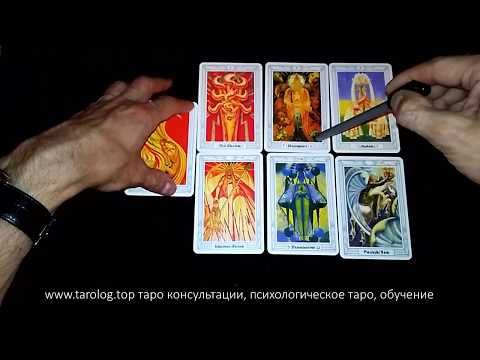
The system of signs and symbols of Tarot cards was created by people, which means that a person can perceive this peculiar code and read it. It often happens that a person does not listen to his intuition, but on an unconscious level, his brain has already processed the smallest details of the current situation and made conclusions.
And one of the functions of the Tarot is to get these conclusions from the unconscious and help us determine the right course of action.
Each card of the Major Arcana contains not just a meaning, but a whole system of meanings for one or another aspect of life. The Minor Arcana help to concretize these meanings. Tarot offers a fairly wide selection of images, and the archetypes of our unconscious are reflected in them in their various guises. The Tarot model allows you to systematize them, suggest how they function, isolate their influence (often negative) on a person’s fate and help to understand the problem.
Archetypes associated with the image of the Mother, with birth and death are considered the most ancient.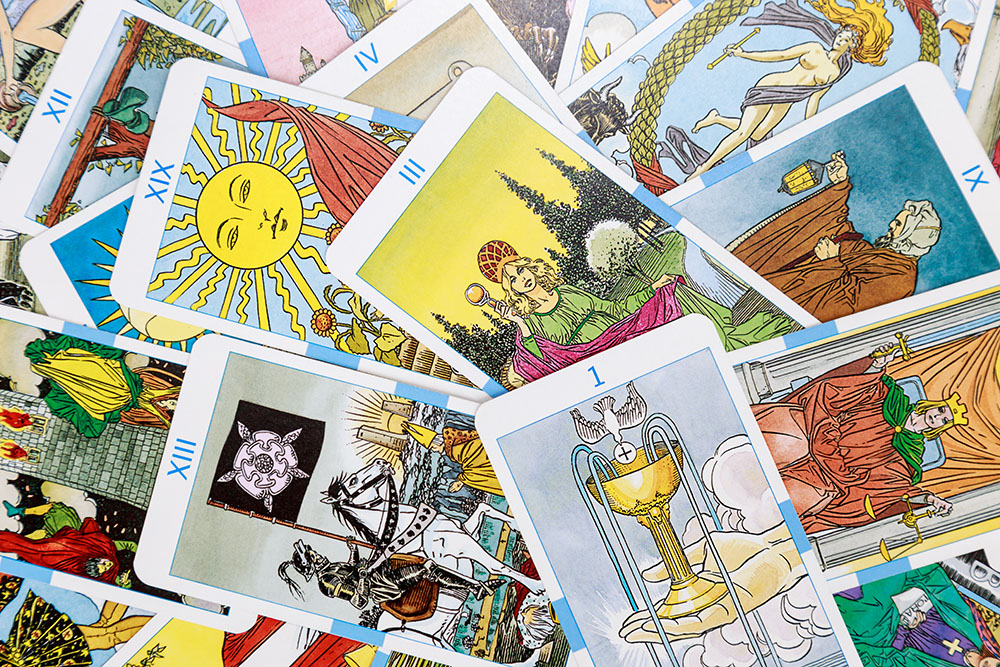 In the Tarot system, they correspond to: Star (Hope), Strength and Death - an archaic phase in the development of mankind; Priestess, Empress and Justice - the flowering of the matriarchal worldview. The next group of archetypal images is already associated with a patriarchal society - when men gradually replace women in leadership roles. Priorities are also changing in the minds of people — the Mother Goddess is replaced by God the Father. This archetype has two sides - creative (it corresponds to the Magician) and destructive (Fool). Equality gives way to hierarchy, the struggle for power begins - the deities are divided into two camps: for the rich and for the poor. This is also reflected in the Tarot cards - respectively the Emperor and the Hanged Man (the Hero archetype). The last archetype of patriarchy is the Wise Elder, who is responsible for shaping the worldview and morality (High Priest and Hermit).
In the Tarot system, they correspond to: Star (Hope), Strength and Death - an archaic phase in the development of mankind; Priestess, Empress and Justice - the flowering of the matriarchal worldview. The next group of archetypal images is already associated with a patriarchal society - when men gradually replace women in leadership roles. Priorities are also changing in the minds of people — the Mother Goddess is replaced by God the Father. This archetype has two sides - creative (it corresponds to the Magician) and destructive (Fool). Equality gives way to hierarchy, the struggle for power begins - the deities are divided into two camps: for the rich and for the poor. This is also reflected in the Tarot cards - respectively the Emperor and the Hanged Man (the Hero archetype). The last archetype of patriarchy is the Wise Elder, who is responsible for shaping the worldview and morality (High Priest and Hermit).
These are the main reflections of the archetypes, but there are also auxiliary ones: the Moon, the Sun and Temperance reflect the laws of nature, and the Chariot, the Lovers and the Tower are warning signs.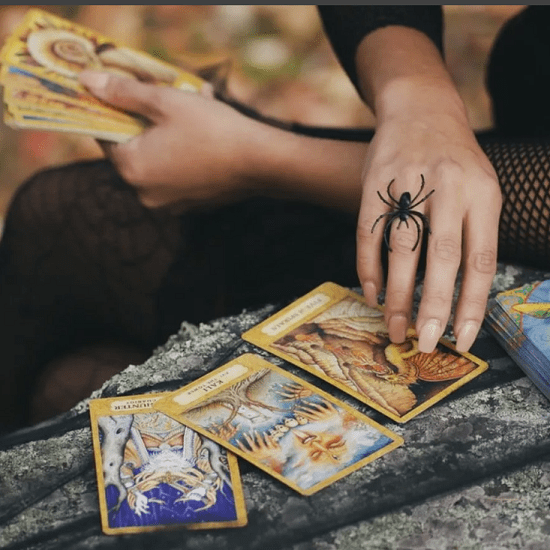 The image of initiation into the sacraments, the ability to be cleansed of sins, to rise from the dead (the ancient rituals of symbolic death are based on this) are reflected in the Judgment card, the struggle between Good and Evil - the World and the Devil.
The image of initiation into the sacraments, the ability to be cleansed of sins, to rise from the dead (the ancient rituals of symbolic death are based on this) are reflected in the Judgment card, the struggle between Good and Evil - the World and the Devil.
Based on the fact that Tarot pictures reflect archetypal images, we can conclude that the use of this system can be a kind of projective test in psychological work. With the help of Tarot, one can identify those inner experiences that are most relevant for a person and determine his behavior. Tarot symbols are the key to releasing information related to archetypes.
There is only one problem: the fact is that when a psychotherapist sees a certain set of symptoms, we know that they are at least related to some particular person. But in Tarot, the cards are thrown out by the tarologist, and their binding to the fate of a person is exclusively mythological. In Tarot, you show nothing, no symptoms, so there is nothing left but to believe that "the cards tell the truth".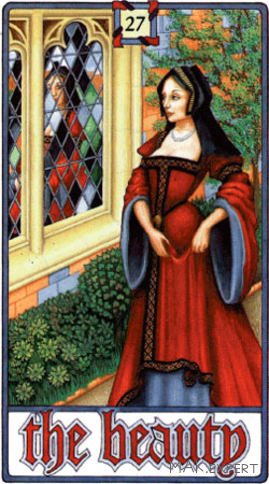 Is it so?
Is it so?
In interpreting the mythological systems, we are haunted by one glamor that we blindly believe. As soon as we talk about this or that myth, which still has a huge impact on the modern world, they begin to explain it like this: this is such a complicated thing that we still cannot understand it properly and only guess about its true content.
Tarot cards are a divination tool. They provide a well-defined system of key templates that trigger the subconscious mechanism of interpretation. You won't be able to get even a hundredth of a "forecast" if you try to do all this consciously, thinking about all the information presented by the client, all these signs, signals, emblems, symbols and gestures. While you are thinking about the cards, the subconscious activates all its experience and finds the necessary (reliable) meanings for certain situations and signals. After that, the result is "woven" into the process of thinking, and the forecast "adds up".
For the most part, it doesn't matter what tool you use for divination. And, if you wish, you can guess on coffee grounds, playing cards or frosty patterns on the window. The main thing is always the same: to "turn off" the consciousness as much as possible, to "turn on" the subconscious as much as possible, because the latter is many times more efficient in terms of calculation and search speed, in terms of calculation accuracy, in terms of the amount of information being processed.
And, if you wish, you can guess on coffee grounds, playing cards or frosty patterns on the window. The main thing is always the same: to "turn off" the consciousness as much as possible, to "turn on" the subconscious as much as possible, because the latter is many times more efficient in terms of calculation and search speed, in terms of calculation accuracy, in terms of the amount of information being processed.
Tarot cards are one of the best divination systems, and the reason for this is that they form the human universe and strictly name all significant variables of fate (past, present and future) that are subject to evaluation. In fact, this is a set of rules and instructions for activating the creative search of the subconscious. Directions, search depth, accuracy of sampling of significant data, parameters of "coincidence" are set. The memory sections that are relevant at the moment are activated, in which all information on this or that fact is ordered, systematized, checked for accuracy and error.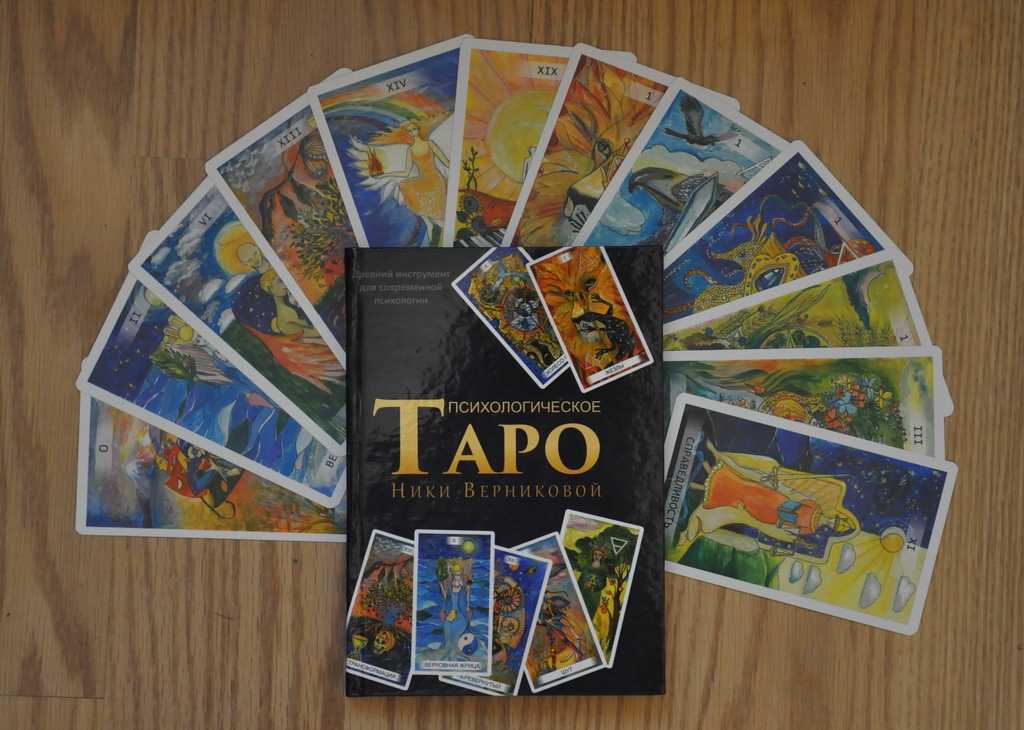
In the process of this activity, the subconscious gives out additional sets of "instructions and rules": what to say, what not to say, how to say. And all this titanic work is done in a minimum period of time, from a few seconds to a few minutes.
However, tarot cards are surrounded by myths. The most common misconceptions and statements about Tarot:
- "Fortune tellers always say what suits any person, what can happen to any person!"
It's a matter of integrity, experience and professionalism. Of course, there are those who see the Tarot as a way to get easy money, and when they meet, they "unobtrusively" question the client (i.e., the questioner), and evaluate him by his appearance and demeanor. Such fortune-tellers ascertain, at best, "how things will end." And what to do next with this? .. I saw clients who came to me in a state of depression, because they were told: "You will get divorced, get married, but get divorced again" ...
This is completely unacceptable.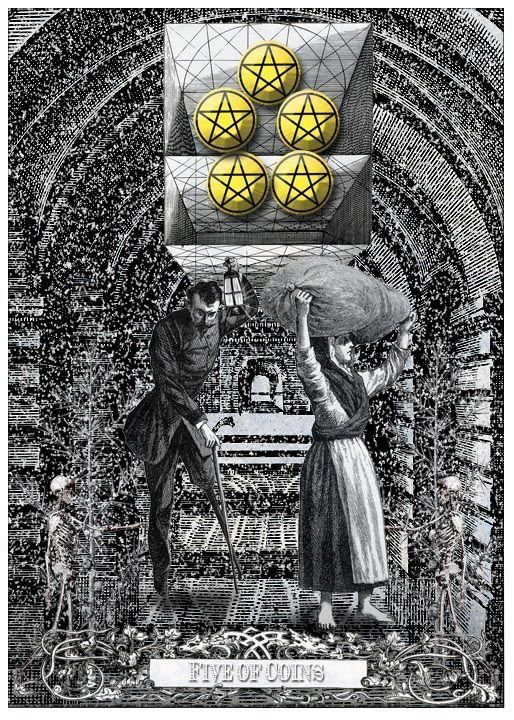
If a professional tarot reader sees a problem, he does not just state it, he looks for a way for the client and together with him to solve it. A statement of fact does nothing for a decision. A person who works professionally with Tarot does not ask unnecessary questions, and, first of all, his goal is to show what can be changed to solve the problem. A professional tarot reader is not aimed at "diagnosing", but at a solution.
- "A real fortune teller is a grandmother from a remote village who had all the fortune tellers in her family!"
I have no doubt that there are traditions and experiences that are passed down from generation to generation. However, everyone can work with the Tarot, provided that he devotes enough time to this and constantly strives for spiritual, cultural self-improvement and knowledge.
- "He who guesses the Tarot has a special gift that he got just like that, and therefore he must guess for free! Otherwise, he is just a selfish deceiver!.
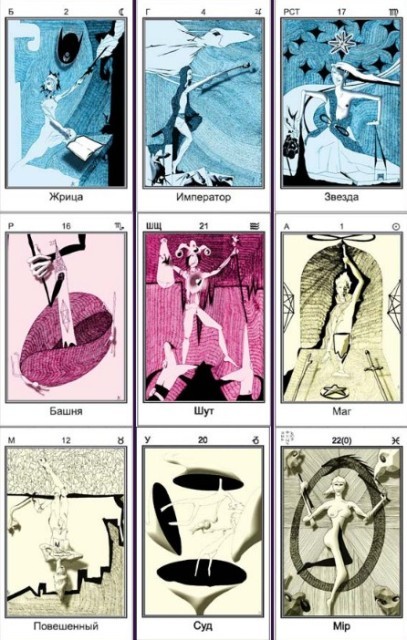 ."
." First, no one is born a genius. You can become an astronaut - if you develop certain qualities in yourself, or you can not - if you sit lazily on the couch ... Remember - there must have been situations in your life when you were in dire need of something important to you. And you were ready to give, if not everything, then a lot for it... You put your strength and something else into it. Then it belonged to you, and you could enjoy it with every right. And the one to whom you gave something in exchange for getting something important, got the opportunity to take care of himself in order to give someone (or you) something else ... This is called "keep-give balance" . In addition, if a person receives something for free, he is simply not able to appreciate what he received and cannot carefully and effectively dispose of it. If you give a "penny" - you can take a "penny". If you give "a million" - you can take a "million" (unless, of course, you need so much). Moreover, in the process of counseling, an information and energy channel is formed between the tarologist and the questioner.
 Money symbolizes the completion of the divination process and closes this channel.
Money symbolizes the completion of the divination process and closes this channel. - "I don't believe it, it's all nonsense...".
The easiest thing is not to believe in something you know nothing about...
- "If they predict something bad, it will surely come true...".
You are watching the news. The announcer reports that there is a hurricane in Spain. And you were just about to go buy a tour package. Are you going?.. Taro warns. You are acting.
- "Yes, it's all just psychology…".
Tarot and psychology are inextricably linked. However, this does not at all exclude the predictive aspect of the Tarot.
Thus, we see that Tarot can significantly help in the process of psychological counseling. In this system, the psychologist can help the client by talking to his unconscious with the help of his unconscious. Great way to find the right solution!
Articles by the author
| From the author: In this article, we continue to consider the archetypal patterns of behavior in women as the basis for the formation of a life scenario. Each model represented in the archetypes is a scenario of behavior, and hence of fate. Only the woman herself can choose whether it will take place or not. Each… Read more | Women have always been attracted to the image of goddesses, and to this day they strive to recreate the one that, in their opinion, corresponds to the ideal. In the modern world, a woman can afford to be completely different. Each model presented in archetypes is a scenario of behavior, and hence of fate. Only the woman herself ... Read more |
| Dear readers, today we will try to understand what "hyperactivity" is and how to interact with a child who has problems with ADHD (Attention Deficit Hyperactivity Disorder). The term "hyperactivity" is usually understood as increased motor (motor) activity. Unlike… Read more | The Manipulator Triangle is always created by the Victim! The victim believes that the Persecutor is to blame for her troubles. Chaser… Read more |
Other articles by the author
Read also
| Speaking of psychological work with symbols, we cannot ignore the topic of meditation (from Latin meditatio - reflection) and the method of active imagination, or visualization. Meditation involves concentrating on achieving certain states of body and mind. Her focus-shifting trance nature… Read more | When a person has something in his physical body that hurts, he goes to the doctor and is examined before he is given treatment. And when his Soul hurts, or something goes wrong in life, he looks for a specialist who can help him. It is very important which Master he gets to! Sometimes it is difficult for a person to articulate… Read more |
Tarot - magic or chance? Every person on Earth is a happy (or not very happy) owner of his own, unique picture of the world, views on the structure of the Universe and its origin, society, man and his relationship with others. |
I received my Thoth Tarot deck today. Artist Lady Frida Harris. While I was waiting for my order for a week… Read more |
- VKontakte
Tarot as a tool for psychological counseling Amethyst Psychological Center - Ekaterinburg
In search of information on this topic on the Internet, I came across many sites where they offer fortune telling on Tarot cards, just by pressing a button. This is all, of course, very interesting, but how seriously should the information obtained in this way be taken?
The process of working with Tarot cards is quite laborious, especially since it includes the moment of personal perception by the tarot reader and the client of the symbols depicted on a particular card.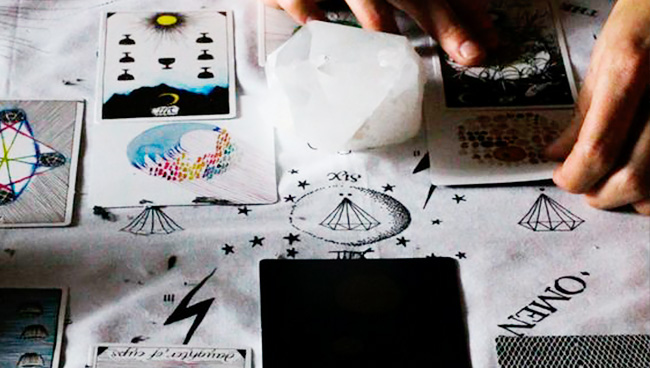 During such counseling, there is not a prediction of the future, as many believe, but rather a determination of possible ways for the development of the situation (based on the real state of affairs and the personal characteristics of the client), as well as deep personal study and therapy.
During such counseling, there is not a prediction of the future, as many believe, but rather a determination of possible ways for the development of the situation (based on the real state of affairs and the personal characteristics of the client), as well as deep personal study and therapy.
The system of signs and symbols of Tarot cards was created by people, which means that a person can perceive this peculiar code and read it. It often happens that a person does not listen to his intuition, but at an unconscious level, his brain has already processed the smallest details of the current situation and made conclusions. And one of the functions of the Tarot is to get these conclusions from the unconscious and help us determine the right course of action.
Each card of the Major Arcana contains not just a meaning, but a whole system of meanings for one or another aspect of life. The Minor Arcana help to concretize these meanings. Tarot offers a fairly wide selection of images, and the archetypes of our unconscious are reflected in them in their various guises.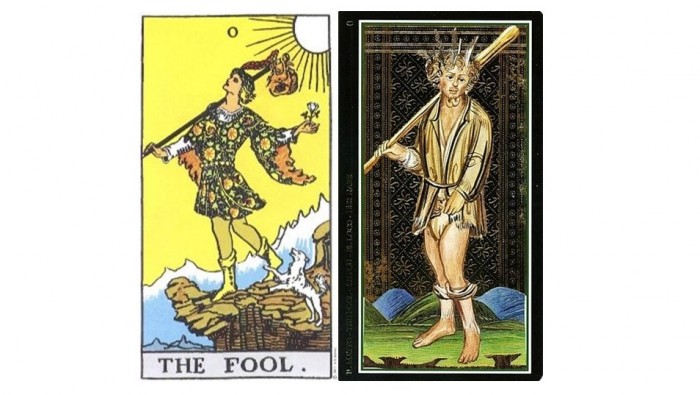 The Tarot model allows you to systematize them, suggest how they function, isolate their influence (often negative) on a person’s fate and help to understand the problem.
The Tarot model allows you to systematize them, suggest how they function, isolate their influence (often negative) on a person’s fate and help to understand the problem.
Archetypes associated with the image of the Mother, with birth and death are considered the most ancient. In the Tarot system, they correspond to: Star (Hope), Strength and Death - an archaic phase in the development of mankind; Priestess, Empress and Justice - the flowering of the matriarchal worldview. The next group of archetypal images is already associated with a patriarchal society - when men gradually replace women in leadership roles. The priorities are also changing in the minds of people - the Goddess-Mother is replaced by God-Father. This archetype has two sides - creative (it corresponds to the Magician) and destructive (Fool). Equality gives way to hierarchy, the struggle for power begins - the deities are divided into two camps: for the rich and for the poor. This is reflected in the Tarot cards - respectively the Emperor and the Hanged Man (the Hero archetype).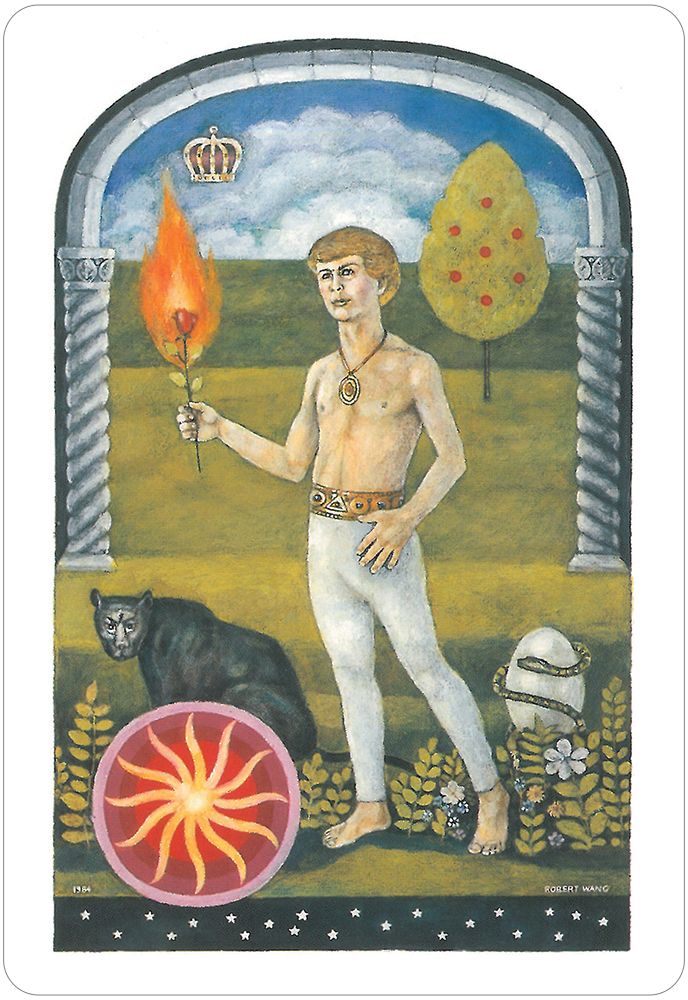 The last archetype of patriarchy is the Wise Elder, who is responsible for shaping the worldview and morality (High Priest and Hermit). These are the main reflections of the archetypes, but there are also auxiliary ones: the Moon, the Sun and Temperance reflect the laws of nature, and the Chariot, the Lovers and the Tower are warning signs. The image of initiation into the sacraments, the ability to cleanse oneself of sins, to rise from the dead (the ancient rituals of symbolic death are based on this) are reflected in the Judgment card, the struggle between Good and Evil - the World and the Devil.
The last archetype of patriarchy is the Wise Elder, who is responsible for shaping the worldview and morality (High Priest and Hermit). These are the main reflections of the archetypes, but there are also auxiliary ones: the Moon, the Sun and Temperance reflect the laws of nature, and the Chariot, the Lovers and the Tower are warning signs. The image of initiation into the sacraments, the ability to cleanse oneself of sins, to rise from the dead (the ancient rituals of symbolic death are based on this) are reflected in the Judgment card, the struggle between Good and Evil - the World and the Devil.
Based on the fact that Tarot pictures reflect archetypal images, we can conclude that the use of this system can be a kind of projective test in psychological work. With the help of Tarot, one can identify those inner experiences that are most relevant for a person and determine his behavior. Tarot symbols are the key to releasing information related to archetypes.
There is only one problem: the fact is that when a psychotherapist sees a certain range of symptoms, we know that they are at least related to some particular person.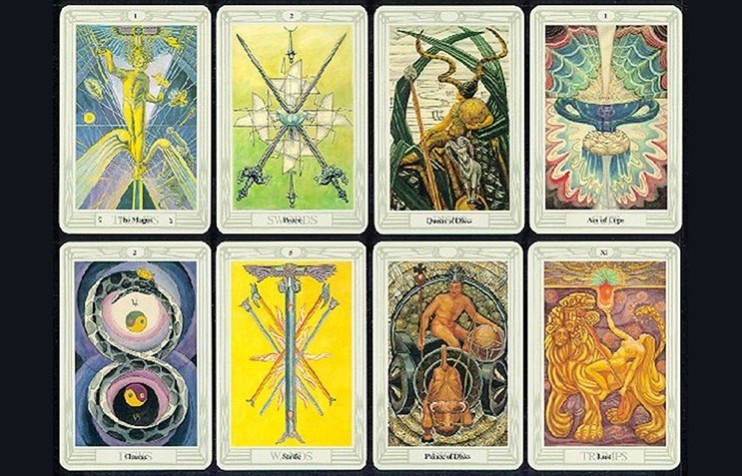 But in Tarot, the cards are thrown out by the tarologist, and their binding to the fate of a person is exclusively mythological. In Tarot you don't present anything, no symptoms, so there is nothing left but to believe that "the cards tell the truth". Is it so?
But in Tarot, the cards are thrown out by the tarologist, and their binding to the fate of a person is exclusively mythological. In Tarot you don't present anything, no symptoms, so there is nothing left but to believe that "the cards tell the truth". Is it so?
In interpreting the mythological systems, we are haunted by one glamor that we blindly believe. As soon as we talk about this or that myth, which still has a huge impact on the modern world, they begin to explain it like this: this is such a complicated thing that we still can’t understand it properly, and we can only guess about its true content. .
Tarot cards are a divination tool. They provide a well-defined system of key patterns that trigger the subconscious interpretation mechanism. You will not be able to get even a hundredth of a "forecast" if you try to do all this consciously, thinking about all the information presented by the client, all these signs, signals, emblems, symbols and gestures. While you are thinking about the cards, the subconscious activates all its experience and finds the necessary (reliable) meanings for certain situations and signals.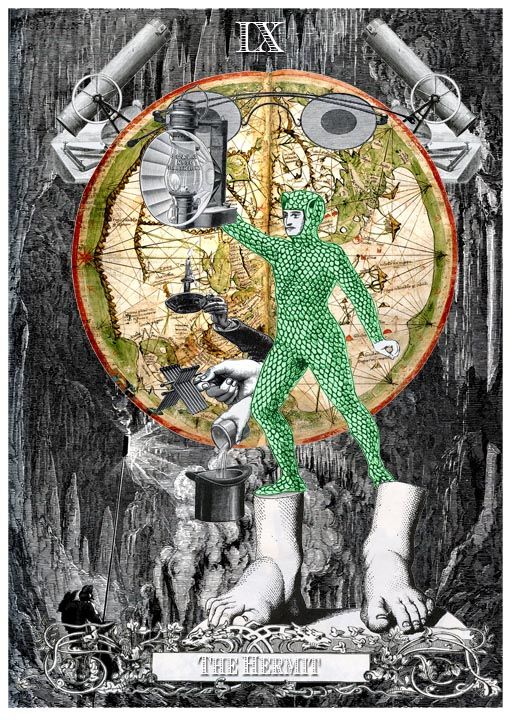 After that, the result is "woven" into the process of thinking, and the forecast "adds up".
After that, the result is "woven" into the process of thinking, and the forecast "adds up".
For the most part, it doesn't matter what tool you use for divination. And, if you wish, you can guess on coffee grounds, playing cards or frosty patterns on the window. The main thing is always the same: to "turn off" the consciousness as much as possible, to "turn on" the subconscious as much as possible, because the latter is many times more efficient in terms of the speed of calculation and search, in terms of calculation accuracy, in terms of the amount of information processed.
Tarot cards are one of the best divination systems, and the reason for this is that they form the human universe and strictly name all significant variables of fate (past, present and future) that are subject to evaluation. In fact, this is a set of rules and instructions for activating the creative search of the subconscious. Directions, search depth, accuracy of sampling of significant data, parameters of "coincidence" are set.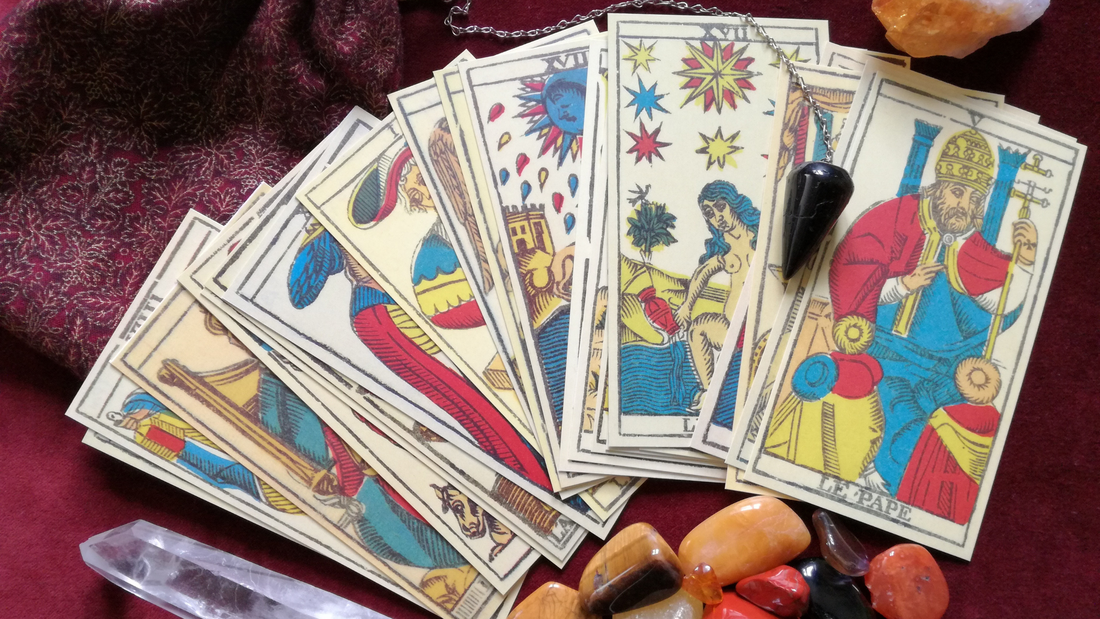

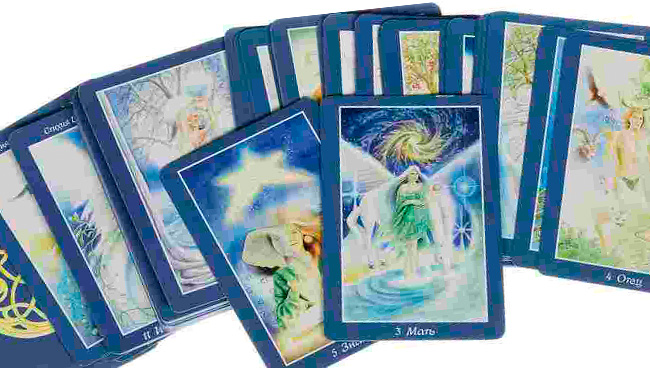 This judgment allows her to grieve about her own fate and look for someone who would save her, because the Victim always delegates both the cause of her problems and her decision to the outside world.
This judgment allows her to grieve about her own fate and look for someone who would save her, because the Victim always delegates both the cause of her problems and her decision to the outside world. 